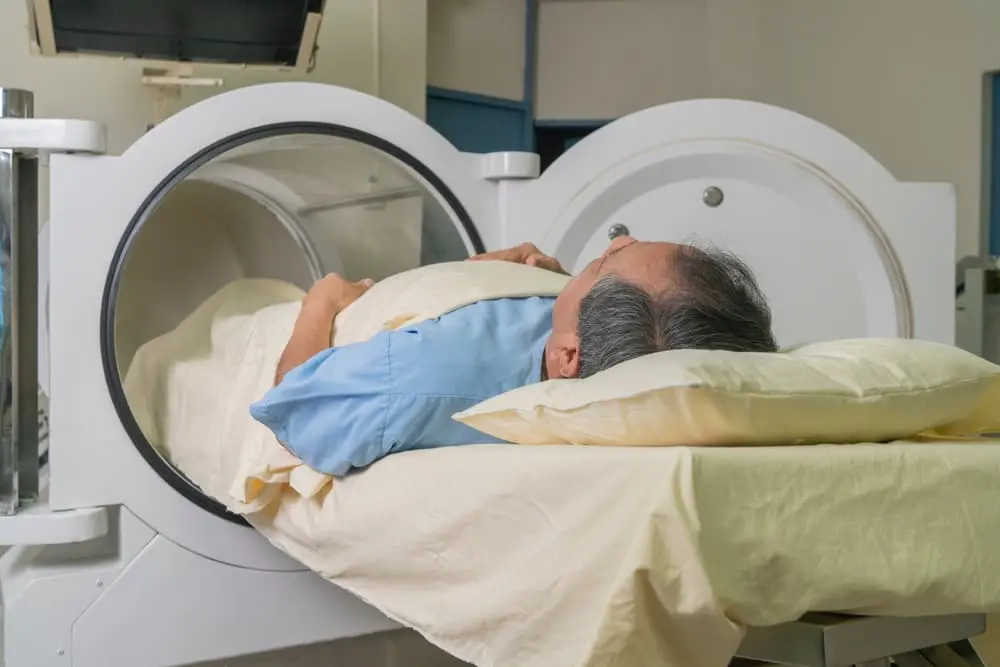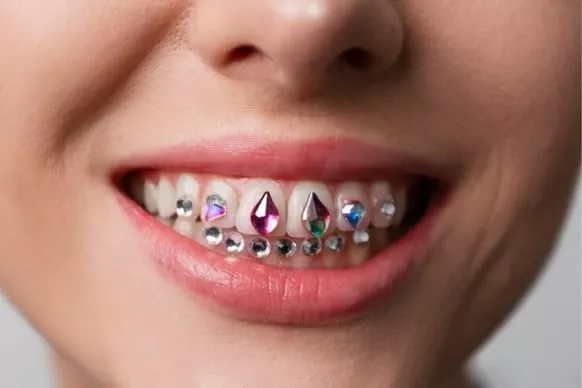Imagine an environment where the essence of life—oxygen—is abundant and healing. This is the therapeutic premise of Hyperbaric Oxygen Therapy (HBOT), wherein patients inhale 100% oxygen at elevated atmospheric pressures within a controlled chamber. Descended from the decompression chambers of deep-sea divers, HBOT has evolved from its maritime origins to a clinically recognized medical intervention. It is a nexus where physics meets physiology, creating an enhanced environment conducive to the body’s natural restoration capabilities. Such therapies have been shown to aid in the rehabilitation of a varied spectrum of conditions, from complex wound care management to post-stroke recovery.
The Basics of Hyperbaric Oxygen Therapy
At the heart of hyperbaric oxygen therapy is a clear-cut scientific principle: increased atmospheric pressure can significantly boost the oxygen levels in the bloodstream. Within the sealed embrace of the hyperbaric chamber, the air pressure is up to three times higher than the usual atmospheric pressure. This hyperbaric condition enables the lungs to acquire more oxygen at standard pressure. The oxygen-rich blood then circulates throughout the body, permeating the plasma and reaching even the most oxygen-deprived tissues. Each treatment session, commonly spanning two hours, is akin to a deep-sea dive but without the water. Comfortably positioned inside the chamber, the patient usually breathes as the session imparts its physiological benefits.
Scientific Principles Underlying HBOT
Oxygen, while abundantly available in the air we breathe, is the cornerstone of the energy-producing processes of the body’s cells. Under hyperbaric conditions, oxygen solubility in the blood plasma increases, leading to enhanced dissolved oxygen levels available for cellular uptake. This augmented oxygen availability can encourage the body’s repair mechanisms, particularly in hypoxic tissues where blood flow may be compromised. HBOT serves as a catalyst, encouraging better cell survival, reducing inflammation, and stimulating the proliferation of new blood vessels, a process known as angiogenesis. Such cellular-level effects are crucial as they expedite healing, lower infection rates, and improve patient outcomes.
Health Conditions Addressed by HBOT
The therapeutic reach of HBOT is vast, addressing an extensive array of health conditions, including complex wound healing, carbon monoxide poisoning, and decompression sickness. Among the many benefits, one of the most profound is the treatment’s capacity to augment recovery in post-traumatic stress disorder (PTSD) patients, offering hope in healing trauma. By increasing the amount of oxygen delivered to the brain, HBOT shows potential in mitigating the symptomatic expressions of PTSD, enhancing cerebral metabolism, and potentially calming overactive neural pathways. Medical professionals also administer HBOT for diabetic foot wounds, radiation injuries, and sudden hearing loss, leveraging the therapy’s unique ability to revitalize tissue and enhance immune responses.
Research and Data Surrounding HBOT
The scientific inquiry continues to underscore the rationale for HBOT in various treatments. A multitude of studies have documented the beneficial effects of hyperbaric conditions on chronic wounds, including a stark reduction in amputation rates among diabetic patients. Moreover, researchers have observed significant cognitive improvements in post-stroke patients following HBOT, arguing for its role in neurorehabilitation. The consistency of such findings across multiple studies lends credibility to the therapy, with data-driven evidence bolstering the case for HBOT’s integration into mainstream medical practice.
Potential Health Benefits of HBOT
The litany of health benefits imparted by hyperbaric oxygen therapy is impressive, ranging from the acceleration of wound healing to the attenuation of inflammatory processes in the body. Patients with acute or chronic conditions have recounted transformative experiences; some cite recovery speeds they deemed impossible, while others express marked enhancements in mental acuity and physical vigor. As HBOT’s role in medicine continues to emerge, its potential is matched only by the anecdotal and empirical evidence that advocates for its broader application in health and wellness.
Challenges and Controversies in the Use of HBOT
Despite HBOT’s potential, the medical community only sometimes embraces it, with some skeptics questioning its efficacy beyond the conditions approved by central health authorities. There is also a discourse on the criteria for its clinical implementation, emphasizing the need for stringent safety protocols and standardized regulations in its administration. Further complicating the situation is the need to be more consistent in insurance coverage for HBOT treatments, which raises questions about equitable patient access to this therapy.
Accessibility and Availability of HBOT
The promise of HBOT, while substantiated by science, remains tethered to the reality of its availability and affordability. Hyperbaric treatment centers are more prevalent in some regions than others, and across varying medical infrastructures, accessibility is not uniform. Concerns about affordability persist, with the financial impact of HBOT being an obstacle for many patients. Nonetheless, efforts to broaden access through insurance coverage and public health initiatives are ongoing, and there is hope that the therapy will become more widely available in years to come.
Advancements and Innovation in HBOT Technology
Technological innovation revolutionizes hyperbaric medicine, making chamber designs more sophisticated and user-friendly. Novel approaches to treatment protocols and the inception of personalized medical applications herald a new era for HBOT. Industry experts chart the journey of technological progress. It is exemplified by articles like this piece by Medical News Today, which sheds light on how advancements in this field are expanding the possibilities for patient care.
Conclusion
Hyperbaric Oxygen Therapy represents a melding of innovative technology with the timeless quest for healing. The principles upon which it operates are not only scientifically sound but also open doors to unprecedented opportunities in medical treatment. Our exploration underscores the importance of championing treatments like HBOT that promise to enhance human health and conquer affliction. It’s an ongoing journey of discovery, one where each breath of pure oxygen carries the potential for renewal and recovery.



